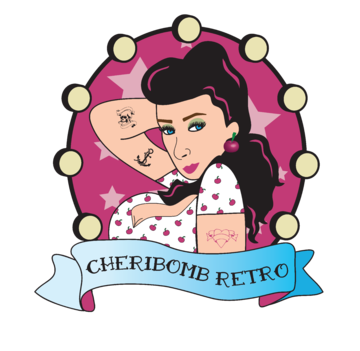Vintage clothing often bears union labels, indicating that the garment was made by a unionized workforce. These labels provide insights into the manufacturing process and can indicate the garment's age and authenticity. Some common union labels include:
- 👕 AFL-CIO Label: Signifies the garment was produced under the American Federation of Labor and Congress of Industrial Organizations.
- 👖 ILGWU Label: Stands for the International Ladies' Garment Workers' Union, representing workers in the garment industry.
- 👗 UNITE Label: Represents the Union of Needletrades, Industrial, and Textile Employees, which merged with the Hotel Employees and Restaurant Employees Union (HERE) to form UNITE HERE.
- 🧥 CIO Label: Indicates the garment was made under the Congress of Industrial Organizations, a federation of unions.
These labels can provide historical context and add value to vintage clothing pieces.
The International Ladies' Garment Workers' Union (ILGWU) left an indelible mark on the landscape of American labor history, shaping not only the working conditions of garment workers but also leaving behind a tangible legacy in the form of union labels found on vintage clothing. Let's embark on a journey through time to explore the history of the ILGWU and the evolution of its labels.
1. The Birth of a Union
- The ILGWU emerged in the early 20th century as a response to the harsh working conditions and exploitation faced by garment workers, predominantly women, in New York City's burgeoning garment industry.
- Founded in 1900, the union quickly gained momentum under the leadership of figures like Clara Lemlich and Rose Schneiderman, advocating for better wages, shorter hours, and improved workplace safety.
2. The Rise of Union Labels
- As part of its efforts to protect workers and ensure fair labor practices, the ILGWU introduced union labels to identify garments produced under its jurisdiction.
- These labels served as a mark of quality and authenticity, assuring consumers that the clothing they purchased was ethically made by unionized workers.
3. Evolution of ILGWU Labels
- 1900s - 1910s: The earliest ILGWU labels often featured simple designs, typically bearing the union's initials and sometimes accompanied by a slogan advocating for workers' rights.
- 1920s - 1940s: During this period of industrial expansion and social change, ILGWU labels became more standardized, incorporating elements like the "Look for the Union Label" slogan and the iconic red, white, and blue color scheme.
- 1950s - 1970s: With the rise of mass production and the globalization of the garment industry, ILGWU labels continued to evolve, adapting to changing manufacturing practices while maintaining their commitment to worker solidarity.
- 1980s - Present: While the ILGWU merged with other unions in the late 20th century to form UNITE (Union of Needletrades, Industrial, and Textile Employees), its legacy lives on through the continued use of union labels by workers' organizations around the world.
4. Collecting and Preserving History
- Today, vintage clothing enthusiasts and collectors cherish garments adorned with ILGWU labels not only for their aesthetic appeal but also for the stories they tell about labor struggles and social justice movements.
- By preserving and documenting these labels, we honor the legacy of the ILGWU and ensure that future generations remember the sacrifices made by garment workers in the fight for fair labor practices.
As we reflect on the history of the ILGWU and its enduring influence on the fashion industry, let us also recognize the importance of supporting workers' rights and advocating for ethical labor practices in all aspects of our lives. In doing so, we carry forward the spirit of solidarity and empowerment that defines the legacy of the ILGWU.

